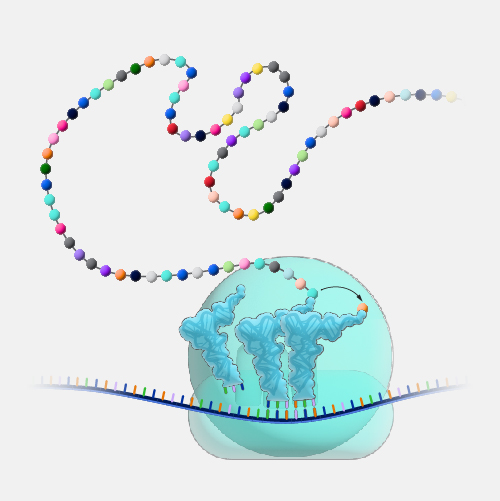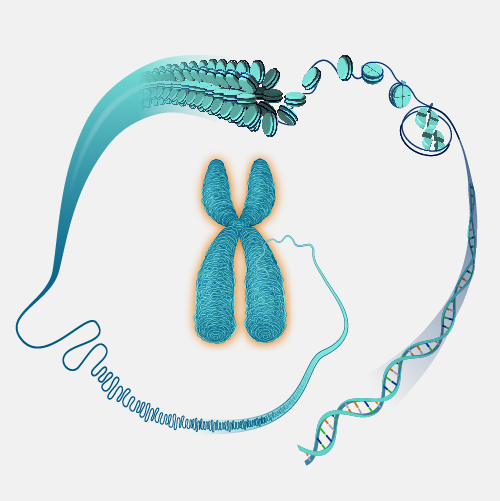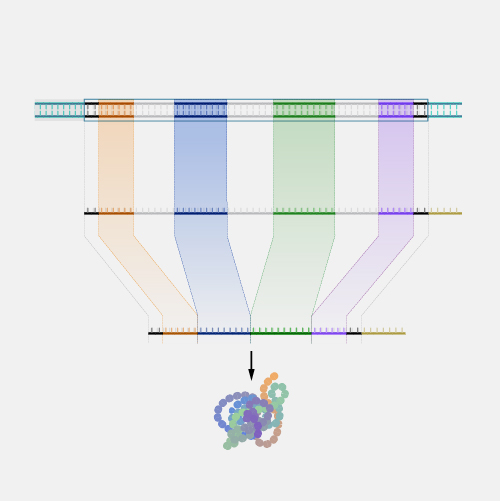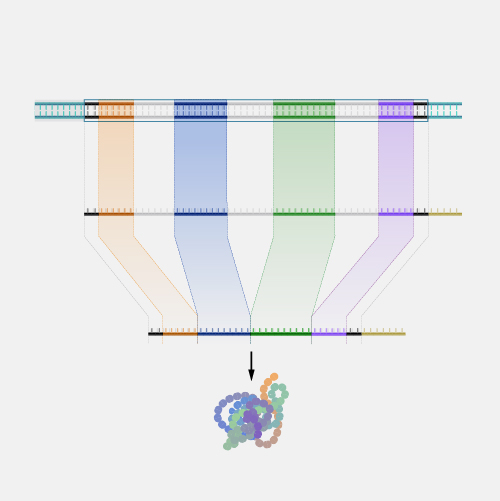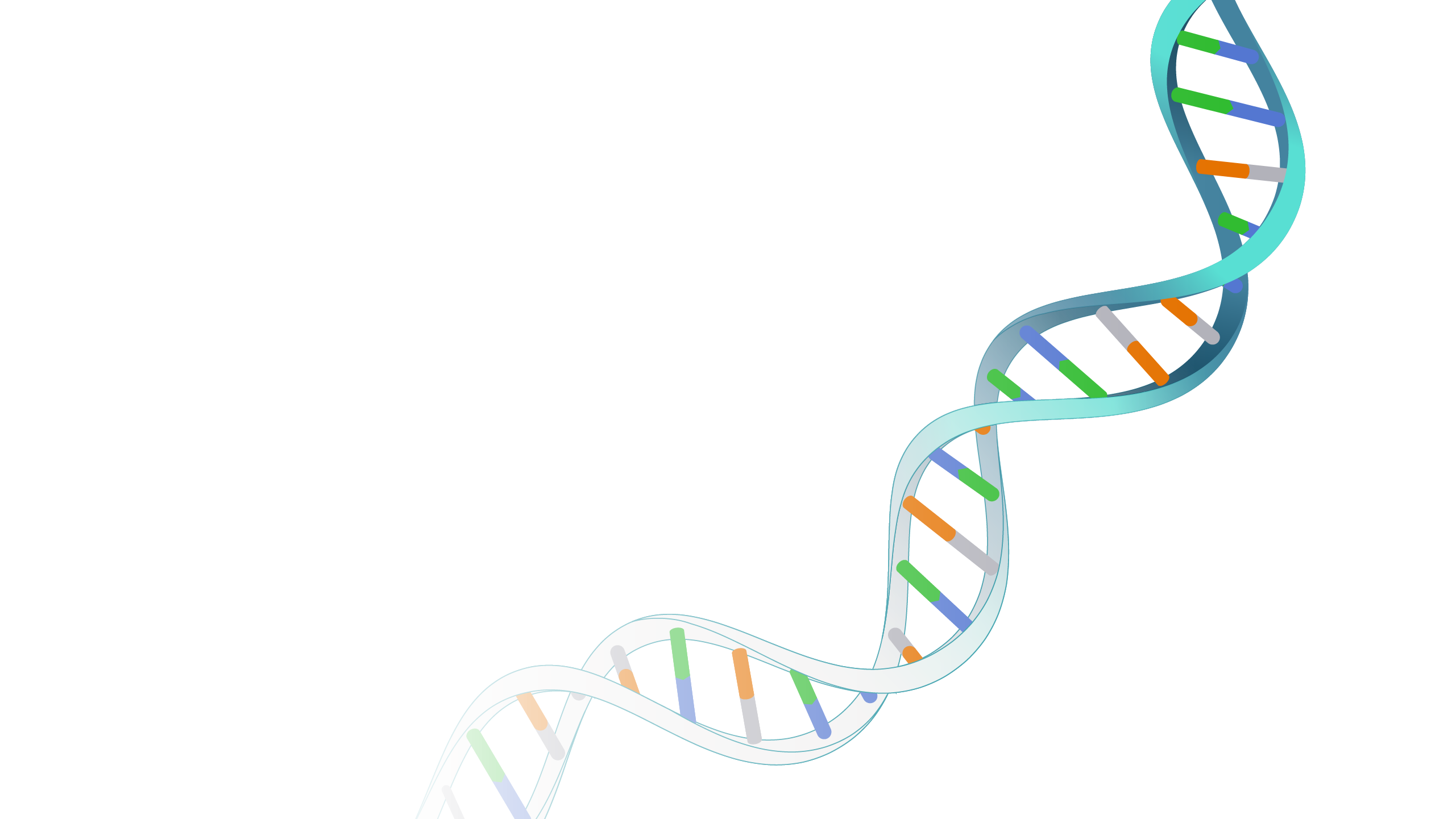
Non-Coding DNA
Definition
Non-coding DNA corresponds to the portions of an organism’s genome that do not code for amino acids, the building blocks of proteins. Some non-coding DNA sequences are known to serve functional roles, such as in the regulation of gene expression, while other areas of non-coding DNA have no known function.
Narration
Non-coding DNA. So I could talk about this one forever because it actually happened to be the part of the genome that I did most of my PhD work in. And there used to be an older and derogatory term called junk DNA, which, thankfully, doesn't get used these days much longer. So really, the thing to keep in mind here that human genome is a vast, vast expanse of nucleotides, 3.3 billion almost. And only a very, very small fraction of that, about 2% actually codes for what we know to be proteins. And so the question is, what really happens with the rest? Is it just there doing nothing? Or does it have a function? And for many years, particularly in the earlier stages of genomics as a field, people were not really sure that the non-coding parts of the genome have a purpose for being there. And now, or I would say over the last decade or so maybe, we are only just starting to realize that there are an immense number of ways in which what we think of as non-coding actually might just have a more subtle way of passing its information along. So it may not code in the classical protein-coding sense. But there is a ton of information crucial in many, many ways that is hidden in this part of the genome.


